Behind-the-scenes
Monthly Archive: December Behi
Not just for show: how and why museum specimens are collected
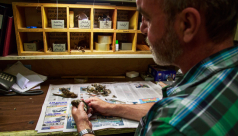
Guest blog by Environmental Visual Communication student Samantha Stephens
The sign on the door seemed quite appropriate. “Abandon all hope ye who enter here.” I imagine that, as this quote from Dante’s Inferno indicates, this might be what hell feels like. As this last barrier swings open and the dim room is revealed, the swarm of hundreds of tiny creatures moving across the concrete floor completes that vision. However, for some of the ROM’s tireless workers, this environment is heaven. Here resides the dermestid beetle colony. These ravenous beetles are eagerly seeking their next meal. Manoeuvring themselves into the crevices of skeletons, they strip the flesh from delicate specimens with more precision and speed than the nimblest of human fingers.
Collection Care for Hellenistic Clay sealings from Edfu, Egypt

Over a century after they were acquired Ptolemaic artifacts at the Royal Ontario Museum, Greek & Roman collection, get new homes
To X-Ray an Egg: Behind the Scenes of Empty Skies
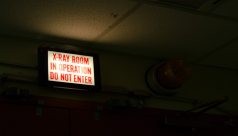
“That egg is approximately one hundred and forty-four years old,” says Brad Millen, a technician who works in the ROM’s Natural History collections. Suddenly the large speckled shell that sits in the palm of my hand feels just a little bit heavier. I feel the weight of its place in the world - it is the egg of a passenger pigeon, and its species has been extinct for a hundred years.
Empty Skies: Behind-the-Scenes - Recreating Passenger Pigeon Habitat
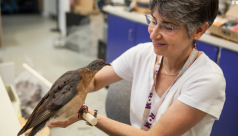
Come behind-the-scenes with environmental visual communication students/guest bloggers Justine DiCesare and Vincent Luk to take a look using photos and video to see how the flowers and scenery were created for the new exhibit: Empty Skies: The Passenger Pigeon Legacy.
First Peek at Empty Skies: The Legacy of the Passenger Pigeon
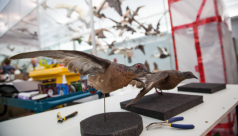
The ROM's latest special exhibit, Empty Skies: The Legacy of the Passenger Pigeon swoops in this Saturday, August 23. Get an exclusive first glimpse at the behind-the-scenes of the exhibit being installed!
Conservation Intern Spotlight: Natasa Krsmanovic
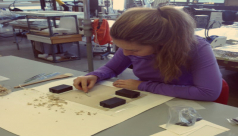
This spotlight post--featuring ROM paper conservation intern Natasa Krsmanovic--highlights her background, shares her perspective on current paper conservation practices, and discusses her treatment projects at the museum.
Conservation Intern Spotlight: Emily Ricketts
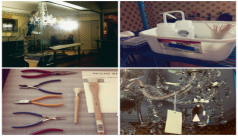
This spotlight post--featuring ROM conservation intern Emily Ricketts--highlights her background, shares her perspective on current artefact conservation practices, and discusses her treatment projects at the museum.
Exposing the ROM ‘Minoan’ Goddess
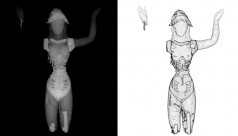
I’m very excited to announce that a short video about the ‘Minoan’ Ivory Goddess has just gone live!
The Children's Miracle Network at The ROM!
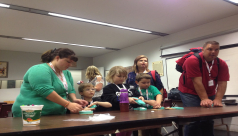
Twelve children and their families were welcomed at the ROM for an exclusive behind-the-scenes experience.
Damien’s Wish: A Day as a Palaeontologist
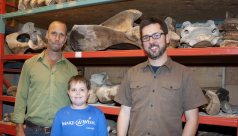
This week the ROM and Make-A-Wish Canada teamed up to help grant Damien—who has been diagnosed with acute lymphoblastic leukemia—his wish to be a paleontologist for a day and work alongside curators behind the scenes. T
